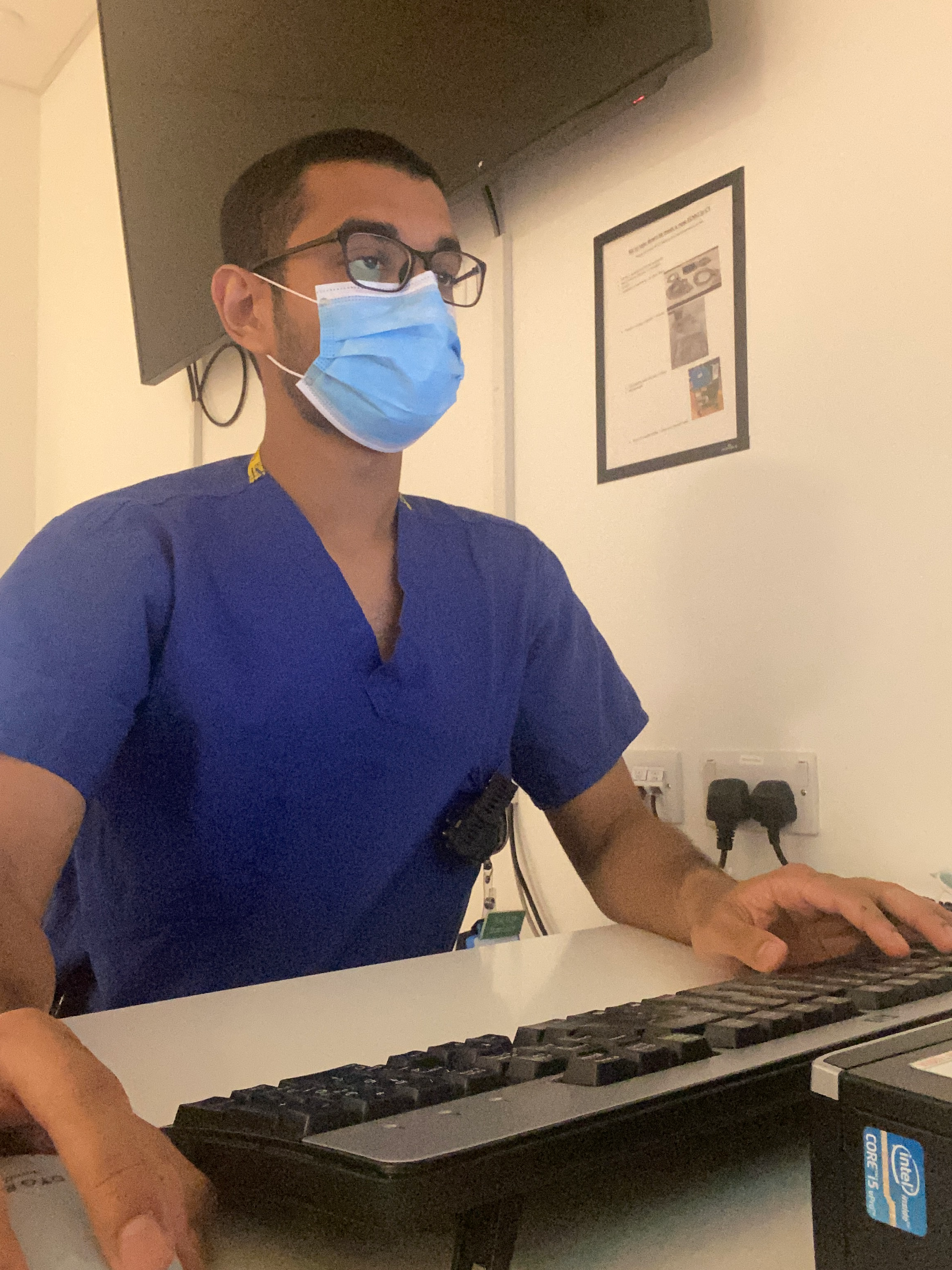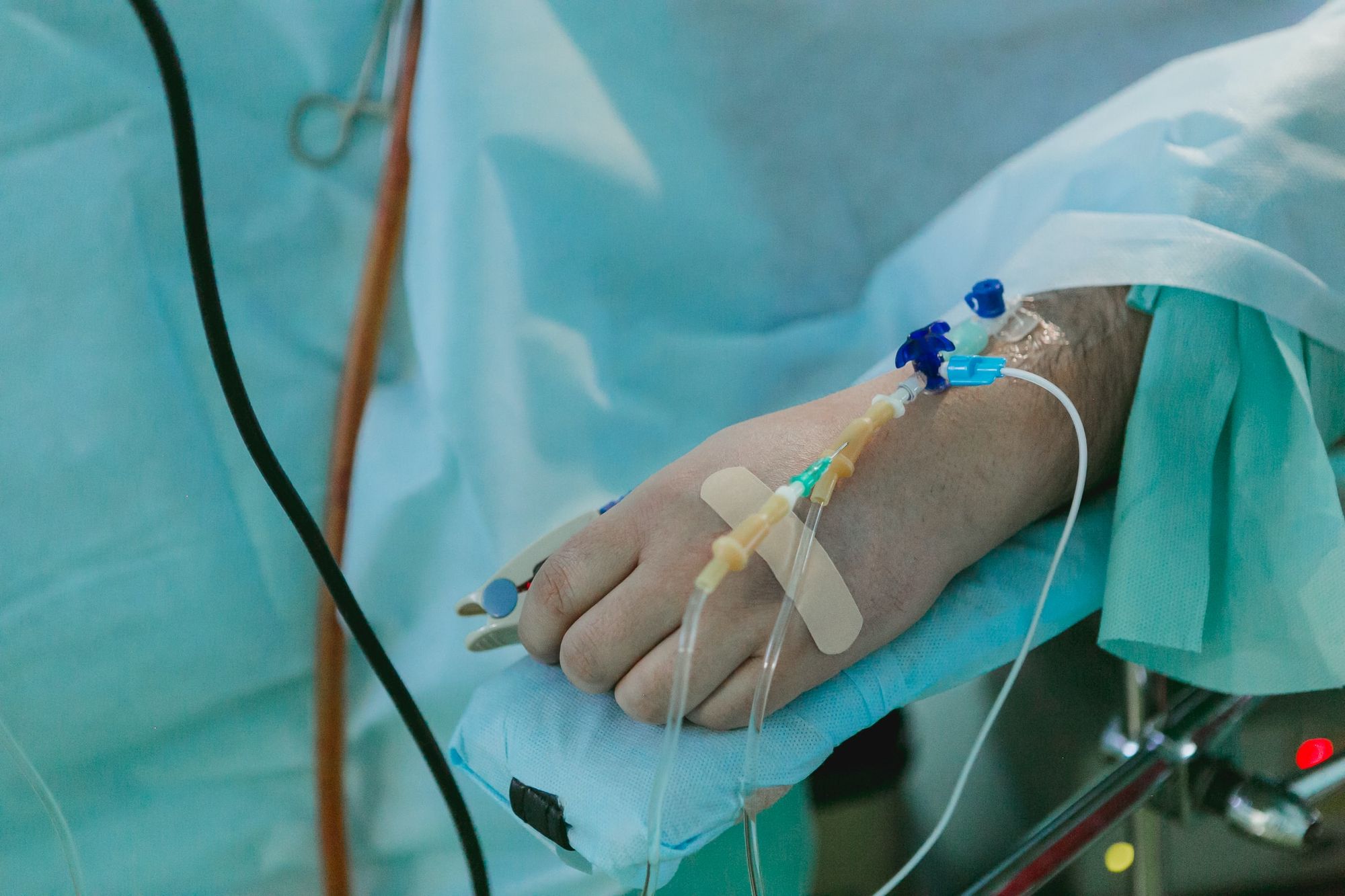This is part two of my guide to making the most of a cardiac critical care rotation as a medical student. To navigate through this series you can use the linked table of contents.
In this week's post, I am going to focus on what to do once you have actually started on the critical care area (CCA) at the Royal Papworth Hospital (RPH). Oftentimes, medical students feel lost or left out and don't really know where to start and miss out on really interesting opportunities as a result, so the purpose of this post is to help reduce that and get you up to speed as soon as possible.
A suggested daily routine
The best time to get on the wards will be for the morning handover from the night team. At Papworth this is at 7 am. This is where the night team provides an update on the patients under your team's care (there are two teams at Papworth CCA, North and South teams). To make yourself useful to the team consider coming 10 minutes early and printing out the handover sheets which contain a summary of patient information - ask one of the junior doctors how to do this. The printer code can be found by asking staff on the ward.
After handover you should have identified a few patients you find interesting. Ask the team if you could have one or two patients to review and present to the consultant on the ward round which starts at 9am. I suggest observing a couple of ward rounds before reviewing patients on your own so that you know how to do this, although I will share what worked for me below.

The ward round finishes at some point before lunch but generates 'jobs' that need doing by the junior doctors. To be helpful to them you can offer to do some of these jobs e.g. calling another department for a consult, collecting equipment for procedures, or chasing up and finding out results from pending investigations. If there are no jobs you can help with, shadow one of the senior clinical fellows (who are senior registrar-level doctors) as they respond to calls, see any urgent patients or perform procedures.
Procedures - the old adage of "see one do one teach one" is somewhat applicable in CCA. As you shadow the clinical fellows and build your working relationships with them you will have seen many procedures been done, such as central venous lines, arterial lines and tracheostomies. Of these, I think central lines and arterial lines are appropriate for you to attempt. Ask the clinical fellows if they can teach you to do one. Under supervision you can then attempt to do some, after first observing and assisting a few.

There may be times on the ward when it's a bit quiet and nothing seems to be going on. The first instict of a student may be to leave at this point to go do book work but I strongly advise against. The reason for this is that cool opportunities often come unannounced and you may miss valuable experience. Instead, I just took my laptop in and used it in the doctors' office during quiet periods to work on studying, doing passmedicine questions or work on various research projects. Stay on until the evening handover to the night team at 7pm and present your patients to them.
Finally, there are many other things you can see or do whilst on CCA. There are various weekly MDTs where the consultants discuss complex patients with input from other teams e.g. microbiology, Addenbrooke's general surgery. Additionally, go have a look at an ECMO circuit and ask either one of the clinical fellows or ECMO nurses to teach you how it works. You should also ask about any drug infusions you see, and at some point ask about how a ventilator works and learn its various settings. Learn how to operate an ultrasound probe and what a FICE (focused intensive care echocardiography) entails.
How to prepare for a ward round
It may seem daunting at first but all the consultants in Papworth CCA are super nice and if you say you are a student and want to present a patient to them they will be very receptive. Nevertheless, it pays to be prepared and so I will provide you with a structure you can use.
To begin with, after handover and identifying 'your' patients, log in to the CCA electronic medical record (get a username and password for this on your first day!). It is laid out in a somewhat sensible way but best ask a senior for guidance on how to use it. My order of reviewing a CCA patient (both EMR and/or physical examination) uses a modifed "A to E" approach:
| Things to review on EMR and/or physically examine | |
|---|---|
| A - airway | - Patient using own airway or airway adjunct? - If intubated or tracheostomy, duration of adjunct, indication - If extubated, time since extubation, any difficulties on weaning |
| B - breathing | - Oxygen requirements if any - Ventilation settings - Positive pressure noninvasive ventilation? - Oxygen saturation and blood gases |
| C - circulation | - Mean arterial pressure - Filling status (central venous pressure) - Volume of drain output - Vasopressor, inotrope support - Pacing if any - Mechanical circulatory support if any - Patient warm and well perfused centrally/peripherally? |
| D - disability (neurological) | - Sedation status - Pupillary size, symmetry, reactivity - GCS if not sedated - Confusion/altered mental status - Power, tone and coordination of limbs - Blood glucose level |
| E - exposure | - Check all lines, make sure no signs of infection (redness, purulence) - Check pacing wires, connection to pacing box - Check surgical wound for signs of infection |
| F - fluids | - Check fluid balance - Assess renal function (creatinine, eGFR, any peripheral oedema) - Check urine output (normal range is 0.5-1.0 ml/kg/hour) |
| G - gastrointestinal | - Assess feeding (oral, parenteral, NG tube) - Check for any special nutritional needs - Bowel movements - consistency, frequency - Auscultate for bowel sounds |
| H - holistic | - Any communication/update for family from a senior doctor? - FAST HUGS BID |
| I - infection | - Check CRP trend - Antibiotic review - Check any blood cultures - Review any microbiology MDT notes |
How to present a patient on a ward round
So you've done the hard work of preparing for the ward round - it is absolutely key to be well prepared and know your patient inside-out before presenting to a senior colleague. The actual act of presenting may seem daunting but you get better with it the more you do it. Somethig which worked for me was to use a SBAR approach.
- S: situation. An introduction to your patient and the most pressing concern. E.g. "Mrs X is a 67 year old lady 4 days postop after an AVR and grafts (aortic valve replacement and coronary artery bypass grafting). She's had increased oxygen requirements overnight and is currently febrile."
- B: background. Some relevant information. E.g. "The surgery was uneventful. She has type II diabetes currently on an insulin sliding scale, peripheral vascular disease. A chest X-ray performed earlier this morning showed consolidation in the right lower zone and air bronchograms. Morning bloods show a spike in CRP. Her noradrenaline requirement has also been rising and urine output is low. On auscultation she had reduced breath sounds on the right." The consultant may ask you for more information at this point but should have all this information because you did a thorough pre-round before the ward round!
- A: assessment. Your impression of what is going on. E.g. "Based on the clinical picture and investigations I think she is currently septic secondary to a chest infection."
- R: recommendation. What plan you have made to sort out the current issue. "I would reccomend escalating antibiotics, taking blood cultures and providing a bolus of IV fluids."
It may seem a bit weird coming up with a recommendation at first, because you may be thinking "I'm just a medical student what do I know?". However, this is a great way of developing your clinical skills and acumen and there is so much you can learn from a consultant's feedback from your presentation.
Finally, to cap it off my single most important piece of advice on getting as much as you can out of a rotation in critical care is to get "stuck in". Make yourself part of the team, go for full immersion and try to shadow the junior doctors in their duties as much as you can. One of the best ways to grow in your professional development is to start thinking like the doctors you will become in due course.
Next week, I will discuss some of the ways in which we monitor the vital signs of critical care patients. This will make for some interesting applied physiology and understanding principles of monitoring will help you diagnose and manage patients much better.
///
Cover image credits: Olga Kononenko on Unsplash

